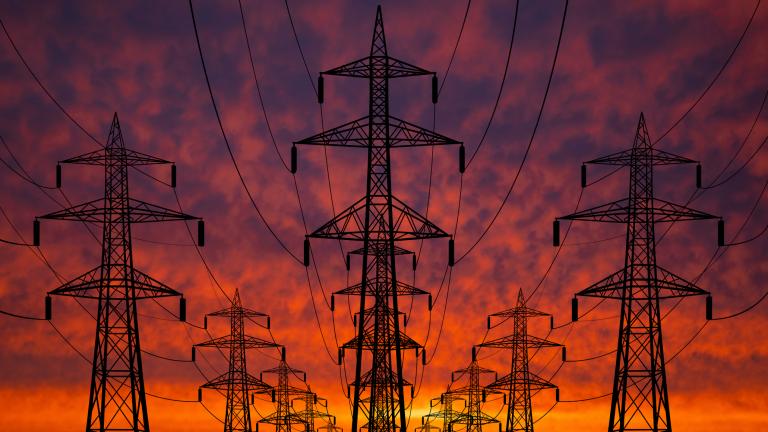
Any effective plan to tackle climate change hinges on a basic technology: long wires strung across tall towers.
The US needs to add hundreds of thousands of miles of transmission lines in the coming decades to weave together fragmented regional power systems into an interconnected grid capable of supporting a massive influx of renewables.
A national network of short spur lines and long-distance, high-voltage wires would deliver wind, solar and hydroelectric power to where it’s needed when it’s available across the country. It could help provide reliable backup power when heat waves or winter storms cause regional power shortages, and keep up with soaring demands as homes and businesses increasingly come to rely on electricity to power their vehicles, heating systems, and more.
Read the full article at: https://www.technologyreview.com/2021/08/05/1030733/the-1-trillion-infrastructure-bill-is-a-baby-step-toward-the-us-grid-we-need/
Image by: Getty





